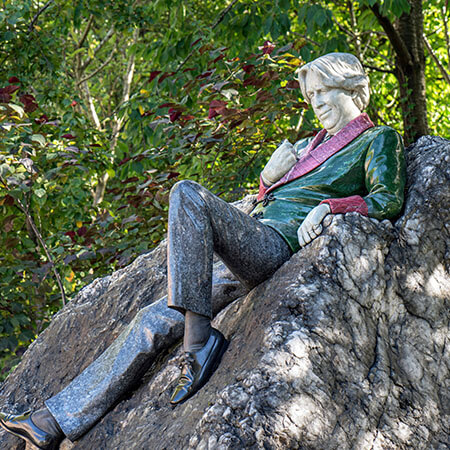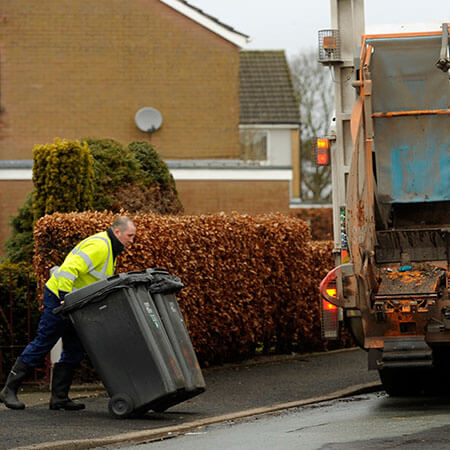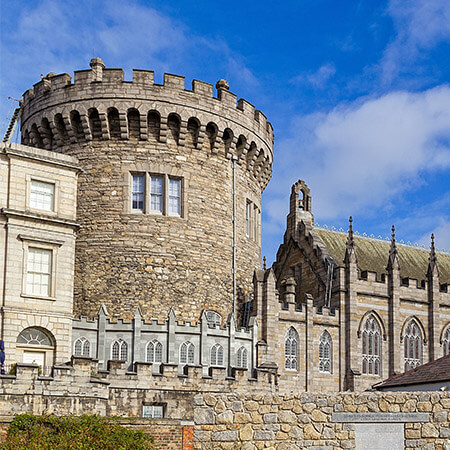Is Ireland safe?
Ireland is generally a safe place to visit and live. The 2020 Global Peace Index ranks it as the 12th safest country in the world.
While we trail behind countries like Denmark, Canada and Japan, we’re streets ahead of our nearest European neighbours. Belgium, the Netherlands, the UK and France rank 17th, 21st, 42nd and 66th, respectively. Ireland’s scores in terms of homicides, weapon imports and imprisoned population are particularly low.
According to a 2019 survey, 98% of tourists also said they felt safe and secure during their visit to Ireland. Those staying long-term can expect to feel safe too, but they should be more cautious in urban centres.
Okay, so how safe is Dublin?
Unfortunately, Dublin isn’t as safe as other parts of Ireland. Like any capital city, Dublin’s large and dense population means it has higher rates of crime than other parts of the country. According to the Central Statistics Office, thefts and burglaries occur more frequently in the city.
The US Department of State, which assesses cities for risks to its citizens, considers Dublin a medium-threat location. This is because of past incidents of “petty theft, burglary, and other minor offenses”.
While Dubliners recognise the city’s issues with theft, a recent survey by the European Commission also shows that Dublin’s public transport is considered to be much safer than that of the average European city. And is Dublin safe at night? Well, 75% of respondents said they feel secure walking the streets after dark too.
Another survey also showed that Dublin ranks 15th on a list of the 100 safest cities for international students. Positive evaluations helped the city earn its ranking.
There’s no denying that Dublin has its fair share of pickpockets and other lawbreakers. So it’s important to take the same precautions that you would in any other large city. Keep your valuables secure, don’t walk in dimly lit areas alone at night, be alert and make sure to have your phone on-hand at all times.
The Irish police force
An Garda Síochána, which means ‘the Guardian of the Peace’, maintain people’s safety in Dublin. They are usually called the Gardaí or the Guards, for short.
With almost 15,000 members, they patrol the streets in high vis jackets and don’t usually carry firearms. They’re quite approachable too, so don’t hesitate to ask one for help.
Police response times are quick in Ireland’s urban areas – especially Dublin. It’s just one of the many benefits of living here. In an emergency you can call 999. Otherwise, you can contact your local Garda station about non-urgent matters.
Find out more in our guide to Ireland’s must-know emergency numbers.



